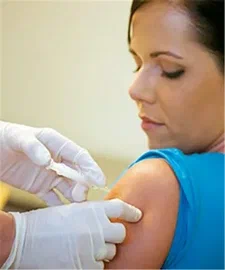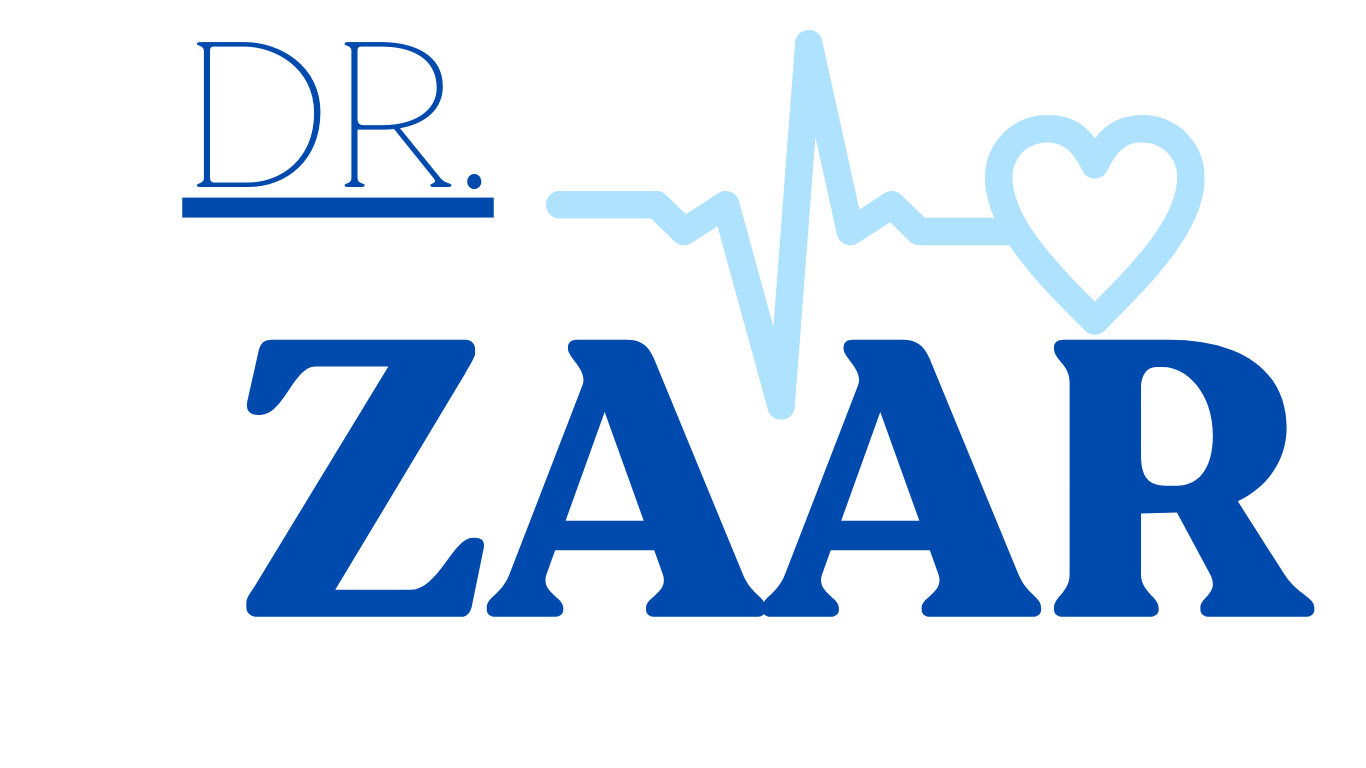Thromboxane
The Hormone That Promotes Blood Clotting and Constriction
Understanding Thromboxane and Its Functions
Thromboxane (TXA2) is a lipid mediator derived from arachidonic acid and is primarily produced by platelets in the bloodstream. It plays a critical role in the process of blood clotting and maintaining hemostasis. Thromboxane promotes vasoconstriction (narrowing of blood vessels) and platelet aggregation (clumping), both of which are essential for the formation of blood clots to stop bleeding after an injury. By triggering the activation and aggregation of platelets, thromboxane helps form a clot at the site of vascular injury, preventing excessive blood loss.
Thromboxane is part of a family of eicosanoids, which also includes prostaglandins and leukotrienes, that mediate inflammation and other processes. Thromboxane’s effects are counterbalanced by the actions of prostacyclin (PGI2), which promotes vasodilation and inhibits platelet aggregation, creating a fine balance between clot formation and prevention in the body.
Key Functions of Thromboxane
- Platelet Aggregation: Thromboxane stimulates platelets to stick together (aggregation), a crucial step in forming blood clots at sites of injury.
- Vasoconstriction: Thromboxane causes blood vessels to constrict, which helps reduce blood flow at the site of injury and facilitates clot formation.
- Blood Clot Formation: By promoting platelet aggregation and vasoconstriction, thromboxane is essential for the process of blood clotting, preventing excessive blood loss after trauma.
- Hemostasis: Thromboxane plays a critical role in maintaining hemostasis (the stoppage of bleeding) by activating the coagulation process in response to injury.
The Role of Thromboxane in Health and Disease
Thromboxane is essential for normal blood clotting and vascular health. Its role in platelet aggregation and vasoconstriction is vital for hemostasis, ensuring that blood clots form properly after an injury and prevent excessive bleeding. However, an imbalance in thromboxane production can lead to various health problems. Excessive thromboxane production can result in abnormal clotting, increasing the risk of cardiovascular events such as heart attacks, strokes, and deep vein thrombosis (DVT). In conditions like atherosclerosis, where blood vessels are damaged, thromboxane’s overproduction can contribute to plaque formation and blood clotting, further exacerbating the condition. Conversely, inadequate thromboxane production can result in excessive bleeding, as blood clots may not form effectively. Thromboxane inhibitors, such as aspirin, are commonly used to reduce the risk of cardiovascular events by blocking thromboxane’s ability to promote platelet aggregation and vasoconstriction. Disorders Linked to Thromboxane Imbalance Excessive Thromboxane Production: Excess thromboxane can lead to increased platelet aggregation, vasoconstriction, and the formation of abnormal blood clots, raising the risk of conditions such as heart attacks, strokes, and pulmonary embolism. Insufficient Thromboxane Production: Low thromboxane levels can result in impaired clotting, leading to an increased risk of bleeding and difficulty stopping bleeding after injury. Atherosclerosis and Cardiovascular Disease: Elevated thromboxane production in atherosclerotic conditions can contribute to blood clot formation and worsen cardiovascular disease by promoting plaque buildup and clotting in narrowed blood vessels.
Contact Us
+92-321-9700-700
FAQs About Thromboxane
1. What is thromboxane?
Thromboxane is a lipid mediator produced by platelets that promotes blood clotting and vasoconstriction, playing a crucial role in stopping bleeding after injury.
2. How does thromboxane contribute to blood clotting?
Thromboxane promotes platelet aggregation (clumping) and causes blood vessels to constrict, both of which are essential for forming a blood clot at the site of injury.
3. What happens if thromboxane levels are too high?
Excess thromboxane levels can lead to excessive platelet aggregation and vasoconstriction, increasing the risk of abnormal blood clot formation, heart attacks, strokes, and other cardiovascular events.
4. How does thromboxane interact with prostacyclin?
Thromboxane and prostacyclin have opposing effects. Thromboxane promotes platelet aggregation and vasoconstriction, while prostacyclin inhibits platelet aggregation and promotes vasodilation. Together, they help maintain a balance between clotting and blood flow.
5. How is thromboxane measured?
Thromboxane levels can be measured by analyzing the metabolites of thromboxane in the urine or blood, although these tests are typically used in research or specialized clinical settings.
6. What are thromboxane inhibitors used for?
Thromboxane inhibitors, such as aspirin, are commonly used to prevent blood clots in individuals at risk for cardiovascular events, such as heart attacks or strokes, by blocking thromboxane’s ability to promote platelet aggregation.
7. Can high thromboxane levels cause cardiovascular problems?
Yes, excessive thromboxane production can increase the risk of cardiovascular issues like atherosclerosis, heart attacks, and strokes by promoting clot formation in the arteries.
8. What conditions are associated with low thromboxane levels?
Low thromboxane levels can result in bleeding disorders, as platelets may not aggregate properly, impairing the body’s ability to form blood clots and stop bleeding after injury.
9. How does thromboxane affect blood pressure?
Thromboxane causes vasoconstriction, which can lead to an increase in blood pressure. It helps reduce blood flow at the site of injury to facilitate clotting but can contribute to high blood pressure if produced in excess.
10. Is thromboxane involved in any diseases other than cardiovascular conditions?
Yes, thromboxane is involved in various conditions, including inflammatory diseases and certain forms of cancer, where its effects on clotting and inflammation can exacerbate disease processes.
